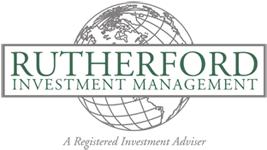Trade Tensions Continue To Jolt Market; Expect No Respite
Published September 9, 2019

The S&P posted 11 moves of more than 1 percent in only 22 trading sessions for August. The declines included three sessions of at least 2.6 percent as well as the worst day of the year on Aug. 5.
The CBOE Volatility Index, considered to be the best gauge of fear on Wall Street, traded as high as 24.81 in August, before pulling back to around 18.
The increasing volatility was largely due to U.S.- China trade relations and a recession signal being flashed by the bond market.
August began with President Trump tweeting that he would place an additional 10 percent tariff on $300 billion in Chinese imports starting Sept. 1. The announcement wiped out the gain of more than 1 percent on the day, and the S&P finished down 0.9 percent that day.
On Aug. 5, Trump accused China of currency manipulation, and the S&P dropped nearly 3 percent.
Trade tensions escalated when the Chinese announced new tariffs on $75 billion of U.S. products. Trump responded by ordering U.S. firms to leave China and announced higher tariffs.
Overall the market lost nearly 2 percent in August – its worst month since May, when it dropped 6.6 percent.
Energy and financial stocks were the worst performers. Technology stocks suffered too.
Don’t expect much improvement in September, which since 1950 has been the worst month for the market. According to the Stock Trader’s Almanac, the S&P suffers an average loss of 0.5 percent for the month.
The meeting of the Federal Open Market Committee in September might […]
